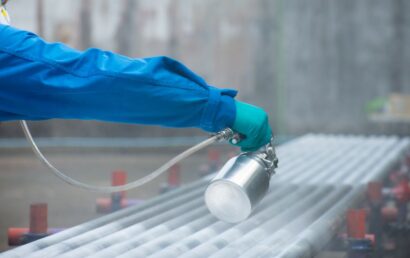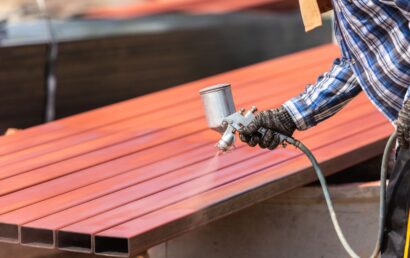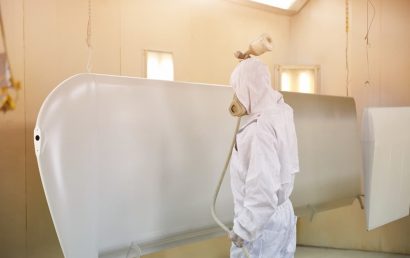Preparation Tips For Tungsten Carbide Coatings
The method to prepare for a detonation flame to spray tungsten carbide coating on the aluminum base surfaces for machine coating proceeds with the preparation tips outlined below.
Tip 1
Using oil removal, the shot-blasting procedure is through in-situ self-generated TiB 2pre-treatment that is performed upon the aluminum material surface, which (TiB2) particle toughens while raising material surface coarseness, improves the remaining compressive pressures of the material plan,e and the adhesive sticking between coating with base substances.
Tip 2
Using pulsed detonation, flame spraying solutions through the in-situ self-generated TiB 2the WC-10Co4Cr coating that develops corrosion resistance are prepared upon the planes of particle-strengthened aluminum base substance or to keep the aluminum base temperature between 60~120 ℃.
Otherwise, in the designated pulsed detonation flame spray solution, oxygen, acetylene, or propane mixed gas flow fractional range fall between (1.2~1.5): 1.0:(0.05-0.15) m 3/ h, detonation frequency remains at 3~6 times/second, while the spraying length remains at 150~200mm, while gun muzzle diameter falls between 16~20mm, or WC-10Co4Cr refers to powder, while its powder sending measurement falls between 0.5~0.8g/s, while coat-thickness ranges 150~200 μ m.
Tip 3
Following spraying, use diamond wheels to perform grinding precision solutions for the designated coating to get the fixed coating surface with no burn, crackle; Microhardness HV 0.3be 1000~1400, with a bonding strength>=150MPa of coating and aluminum base, porosity≤1.0% before sealing the gap.
Tip 4
Using epoxy resin hole adhesives for sealing, perform the sealing treatment to the designated coating, use the chemical response of epoxy resin for sealing the micropore with the selected coating, porosity≤0.05% following the sealing of the gap, salt-fog resistant test >=1000h; Propeller hub clamping plate duration length >=2400h.
Tungsten Carbide Coating
Tungsten Carbide Coating offers a lifting airscrew system with a propeller hub clamping plate and an aluminum matrix composing surface that is used for delivering wear-resistance or the detonation flame spraying tungsten carbide coating method of preparation to get anti-corrosion functions installed subsequently.
Advantages of Tungsten Carbide Coating
The self-generated TiB found in the position after the epoxy resin sealing of the hole with corrosion-resistant coating for sealing all substances goes through preparations upon particle-enhanced aluminum-based composite material surfaces. Blowing the propane into oxygen cuts down the oxygen levels.
With oxygen, acetylene detonation flame spraying initiates the preparations for processes of WC coating, as combustion temperature stays high, partially from WC particle decomposition at high-temperature gas flow. In contrast, the hardness of the coating and wear resistance wears down. With the oxygen or acetylene gas combination, these pass through propane so that the heat energy from emissions is less than acetylene while reducing the excess heat of the WC powder.
Propane is a singular-bound structure, the triple bond structural molecule splitting of chains relative to acetylene may be more substantial. At the same time, exploding time particles are heated with an even spread, which remains conducive to uniform atomizing of all particles.
Further Benefits
Detonation flame spraying of tungsten carbide coatings has strengthened the wear resistance for the novel aluminum-based matrix material that lifts the airscrew propeller hub clamping plate, actively preventing component failure caused by excess wear and tear through the application of the coating spray of tungsten carbide. Using nontoxic agents of epoxy resin organic sealing along with room temperature vacuum pumping technology or replacing traditional chromic salt hole-sealing technology, spraying tungsten carbide coatings can reduce environmental pollution.



